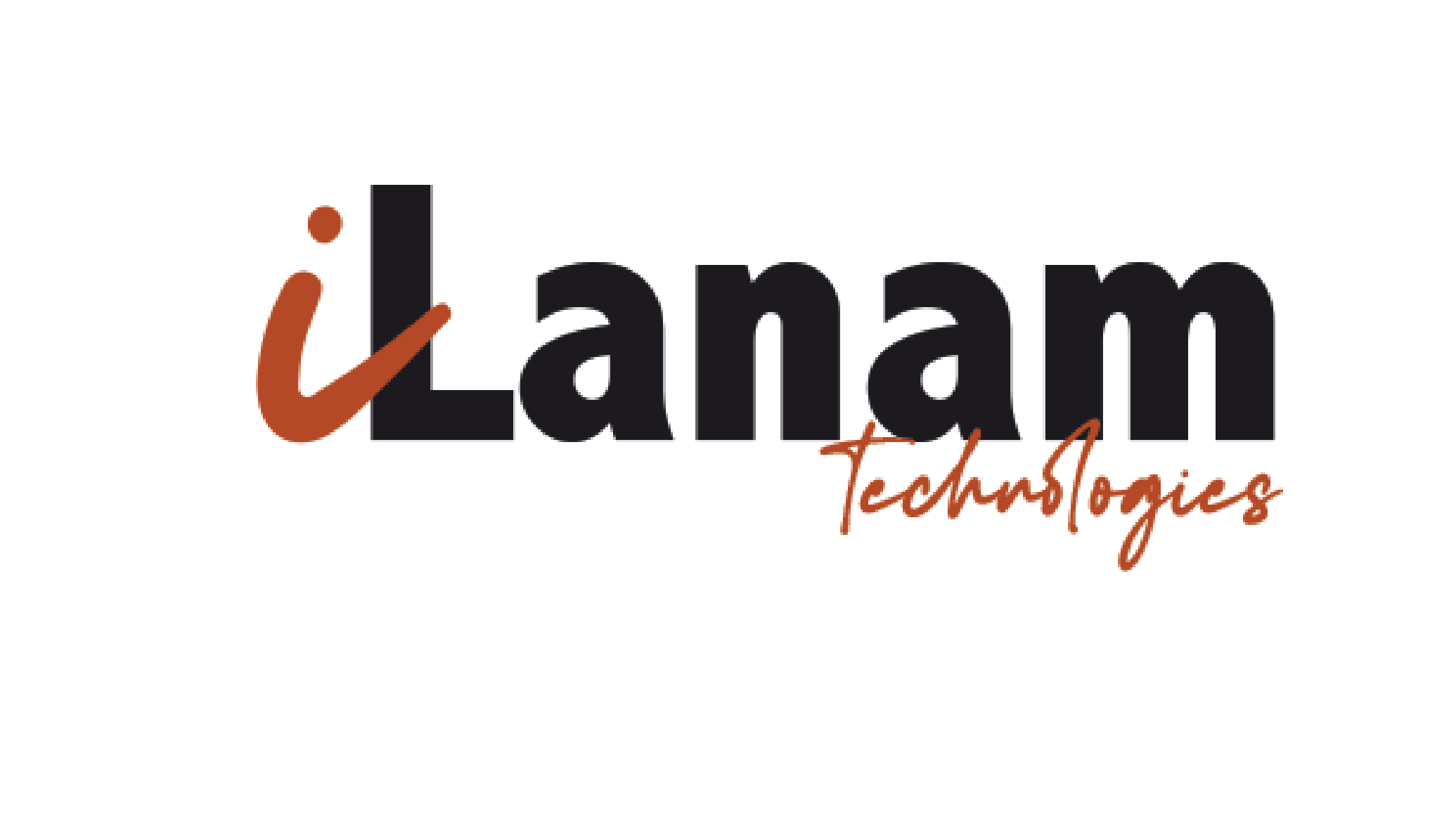One of the flourishing and best sites ever to hit the net, are the mobile app versions of sites similar to Pinterest that are often accessed via native mobile apps for IOS and Android users. These apps, designed specifically for its platform, allows you to flick through boards, add your own pins, and manage account settings. Create a profitable mobile application with a visual discovery engine for locating ideas like recipes, home and magnificence inspiration, and more. Allow saving images and posts that users are keen on, including a feature to save them for later to focus on their ideas and straightforward to search them out. These bookmarks could be used by folks to save lots of ideas they love on the app. When you click the bookmark, you will be able to visit the web site to find out the way to make it or where you can get it. As users discover more posts they like, introduce a SAVE button to avoid losing these posts. Users would definitely love adding photographs of their s’mores over the campfire, with a note to imply people how it went or add helpful tips for anyone else who might want to present it a go. Help them exhibit all the images they save, posts they create, and ideas they are trying in their profile. Allow them to also see who the boards, topics, are following. These are the most commonly sought out needs when launching a social networking mobile app that inspires users through posts. Furthermore, shine light on the fact that the user’s profile is not only a bunch of the ideas they wish but a mirrored image of who they are. It should ideally grow and evolve rather like the user with every post they save.
Sometimes you may find a post that you just know a follower will love. They would want to send it on to a follower or a gaggle during a message to pass the inspiration around. Incorporate the use of Messages in the app for users to speak together with their friends, whether or not you shared a post. They should see messages by clicking on their desktop or by tapping followed by Inbox on their cellular device. Data from these apps has been used for research in several areas. For instance, it’s possible to search out patterns of activity that attract the eye of audience and content reposting, including the extent to which users concentrate on particular topics, and homophily among users. Another work focused on studying the characteristics, manifestations and overall effects of user behaviors from various aspects, yet as correlations between neighboring users and therefore the topology of the network structure. For instance, Pinterest proposed a unique pinboard recommendation system for Twitter users. To start, it currently has quite 250 million active users. While this number is not quite as big as other social medias, it’s still substantial, especially after you concentrate on the exceptional selling power of the app. Your social media marketing app can also be a marketing powerhouse for online stores as users purchase items they stumble across on this organically at a far higher rate than the common social medium, and that’s partially because they are actively trying to find out things rather than just reactively scrolling through a feed.
If you’re wondering why creating such an app marketing strategy is worth the effort for your online store, take a look at the subsequent statistics:
- 98% of users reported that they have tried new things they discover on Pinterest, compared to 71% on other platforms
- Pinners are 39% more shop than users who don’t use the app. non-pinners.
- 93% of its users have used Pinterest to plan, research, or make purchases.
- 80% of Pinterest’s traffic comes from mobile users
App developers in Canada can design similar apps that have the potential to induce meaningful results, especially online stores selling physical goods that may be photographed. Business-to-consumer (B2C) companies normally have a far easier time on mobile apps than business-to-business (B2B) companies, but that doesn’t mean it’s impossible for the latter to induce traction on the platform. Ultimately, whether or not a similar app could be a good fit for your business will depend heavily on whether or not your audience overlaps with their existing user base. Let’s take a more in-depth look at who typically uses these apps today and why.


